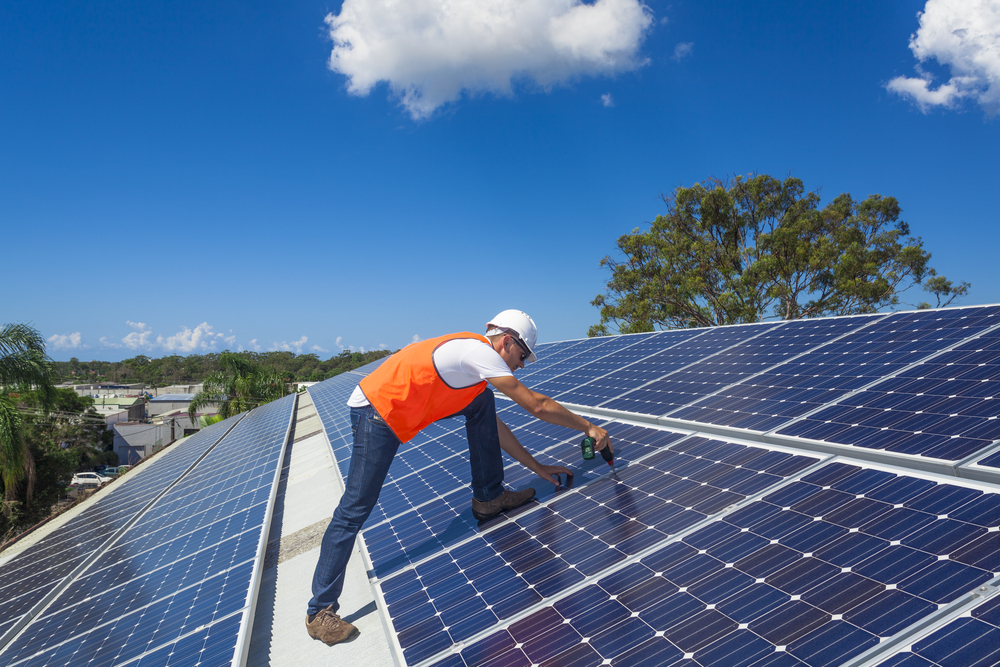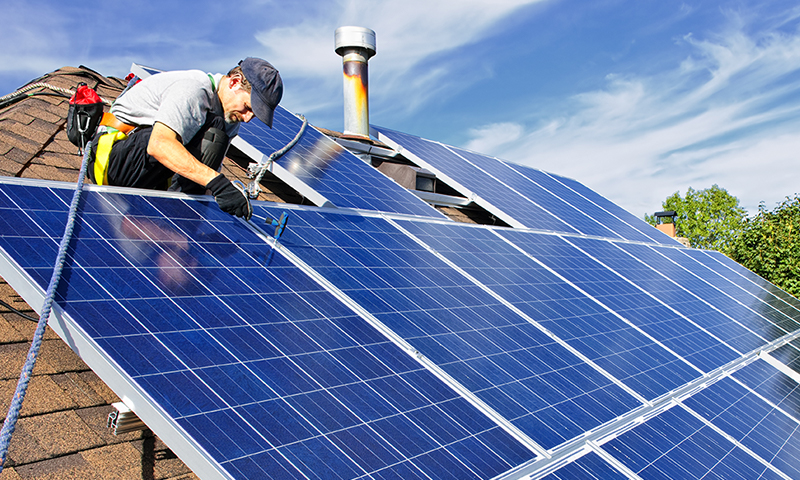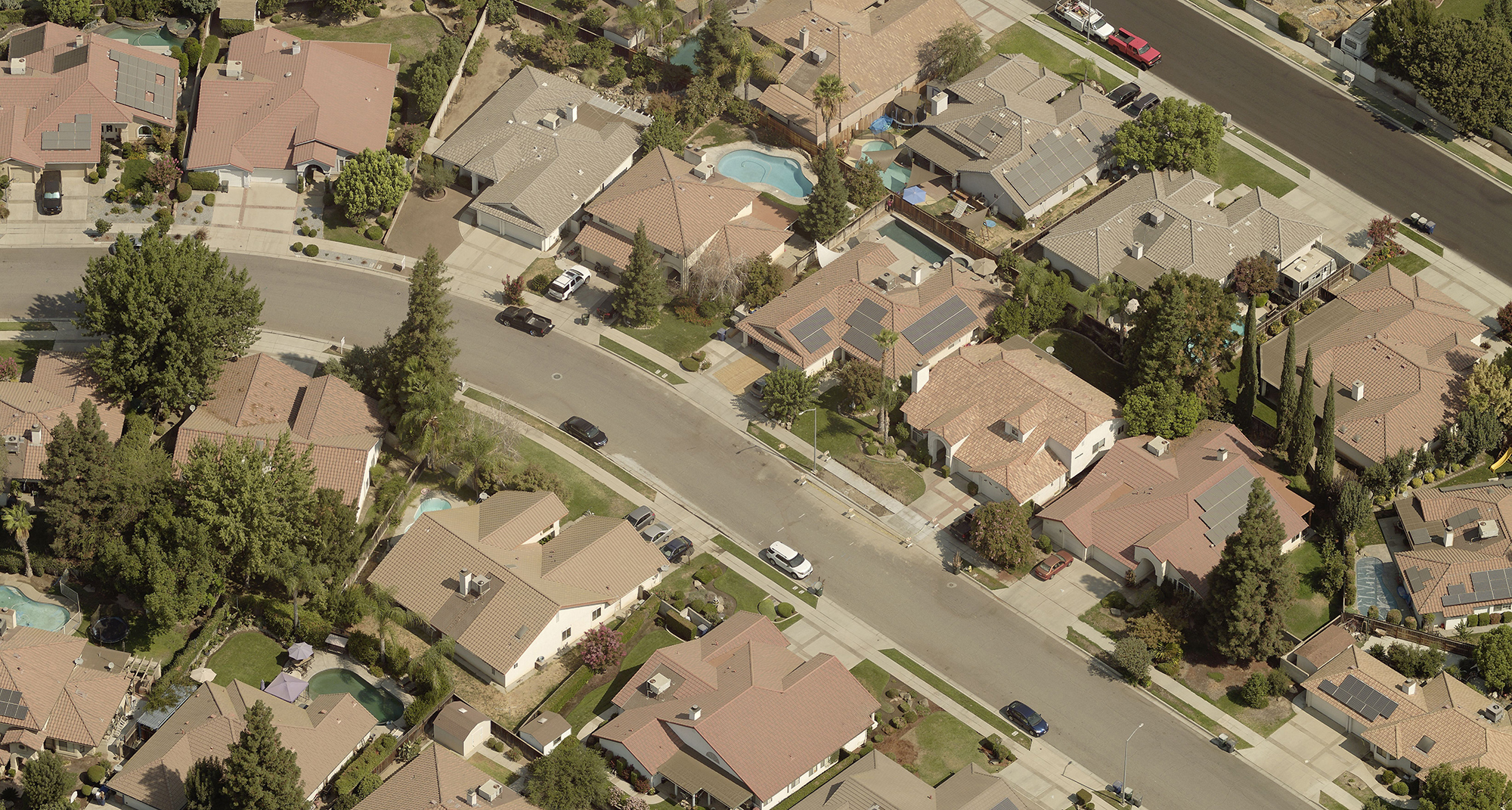
By Justin Lee
Senior Product Manager, EagleView

Justin Lee, Senior Product Manager at EagleView
With significant financial incentives,
decreasing solar panel costs, and a market saturated with solar installation businesses, it’s easier than ever for homeowners to choose solar power.
Well, it
should be.
Solar contractors know that the installation process can be unpredictable, to say the least. When a solar photovoltaic system is designed incorrectly, costly change orders can result. Subsequently, the new design may require updated permits before the installation can occur. With more time spent redesigning the system, projects see increased costs and delays in payment.
The warning signs of a bad
solar design process can be tricky to spot. Look at each job and see if you recognize any of these issues. Fortunately, if you do, there’s something you can do about them.
1. You’re not getting the measurement data you need.
According to
research EagleView conducted last year, solar PV system installers reported that the average site survey takes at least two hours on each solar project. That includes traveling to the site, measuring, and meeting with the property owner, among other crucial tasks.
Site surveys can be helpful, but they aren’t always the best way to get information about a property. In fact, the installers EagleView surveyed said that the number one constraint on projects was obtaining accurate measurement data.
The wrong data leads to increased change orders, unpredictable pricing fluctuations, and, ultimately, lower
customer satisfaction further into a project. All those mistakes affect your bottom line, and they are all preventable.
2. Change orders create headaches for your employees and your customers.

A good solar design process enables contractors to spot roof penetrations, like the one pictured, before the day of installation.
In EagleView’s survey of solar contractors, a staggering 89% of respondents said they had had to redesign solar arrays. Why?
It all starts with the measurements. If your site survey data came back incomplete or incorrect, you’re more likely to see problems further into a project. Site survey errors can result from:
- A measurement was missed or incorrect
- Data was copied down incorrectly, or handwriting was challenging to read
- A forgotten vent required a design change or resulted in the loss of a panel on the day of installation
Regardless of how they happen, these errors give your design team more work to do. When that happens, increased costs and decreased efficiency are sure to follow. As most solar businesses are
small businesses, they can’t afford to lose customers over a preventable mistake.
And how does the customer feel about all of this?
3. Your customer satisfaction rates need improvement.
Customers who have made the decision to work with your company are already heavily invested in the process. On average, solar customers spend
8.9 months making the decision to go solar. The time from bid to completed installation alone typically takes
two or three months.
If change orders result in delays, however, the time to installation increases—and so do the costs for you and your customer. As a result, your customer may change his or her mind about using your business.
This is no anomaly. In EagleView’s survey, 68% of solar contractors reported losing sales after a change order. That’s a risk no small business wants to take!
So often, the wrong measurements lead to the wrong design. Without the right data from the beginning, you risk losing the sale. In other words, you’re sinking time and money into a prospect who never becomes a customer.
4. No one can agree on the true costs of a solar project.
Solar installations depend on collaboration across a team of sales reps, designers, financiers, installation crews, suppliers, and more.
But sometimes, teams can disagree. Sales reps and estimators may collect site measurements that say one thing, and installation crews might have different data. Designers need to know whose data is correct in order to design the right system for the right capacity.
Financiers, meanwhile, need the right data when they determine the customer’s payment plan. Not to mention, you need to know your profit margins for the job.
This comes down to tracking more than material expenses. Calculating the true costs of labor can be difficult when multiple site surveys and redesigns take place. Ultimately, that inefficiency could be eating into your business’s profits.
You’ve spotted warning signs. Now what do you do?

Detailed roof measurements, 3D models, and data derived from EagleView's high-resolution imagery (pictured above) help solar contractors eliminate site survey complications on every job.
Remote measurement technology can help you answer vital questions about every job site, including those that aren’t always apparent on a site survey. With an accurate 3D model of the home and property data, you have the information you need to finalize the system design from the beginning.
Why is this important? With an accurate 3D model of the home, your team can design the optimal system, considering details that matter like the height of the racking system and how that impacts design. This can help prevent change orders and common project pitfalls, such as:
- Day of installation changes: The most common cause of change orders is removing panels that didn’t fit due to poor measurements or design practices, which customers never like.
- Missed opportunities: Harder to see but worse for installers is walking away from a roof where you could have installed a few more panels if your measurements had been accurate. Failing to maximize on every roof is equivalent to just leaving money lying around.
- Solar plane vs. roof plane: If the height of the racking is not accounted for, that can lead to panels that overtop ridges, crowd in the valleys, and overshoot gutters. Customers don’t appreciate water running off panels onto the ground, especially if that overshoots the gutters they just spent thousands of dollars on.
An accurate, remotely generated 3D model of a roof enables solar installers to avoid problems and maximize revenue without having to drive across town to get the details they need.
EagleView Inform Advanced for solar delivers a detailed property report with precise and consistent measurements, 3D models, and solar access values through high-resolution aerial imagery and computer vision so solar installation companies can gain operational efficiency, better satisfy customers, and grow their business.
The results of remote measurements from EagleView Inform Advanced? Fewer change orders, no adjustments to pricing, and higher customer satisfaction when the job is completed on schedule. The right data also helps you determine job profits and ensure that the right system is installed and paid for.
Want to know more about what EagleView Inform Advanced can do for your business and your customers? Watch EagleView’s webinar, presented by Solar Power World,
on demand here and visit
eagleview.com/solar to learn more.